(1753 products available)

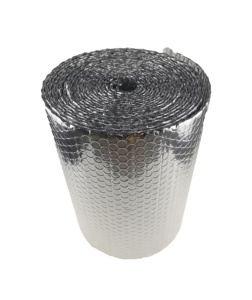

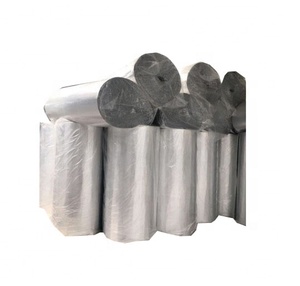











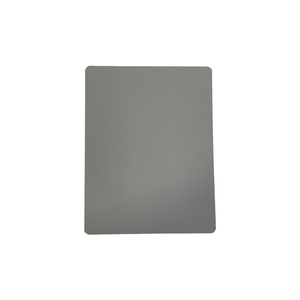
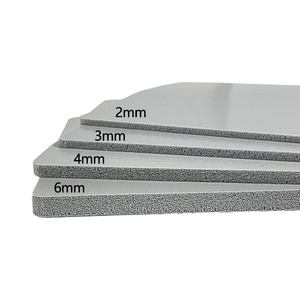
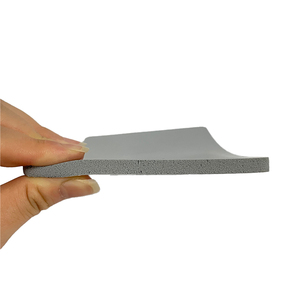


















































































































































































































In the realm of construction and real estate, efficient heat management is paramount, necessitating the use of various insulation coverage to ensure optimal thermal regulation. These materials play a crucial role in maintaining comfortable indoor environments by minimizing heat transfer between the interior and exterior spaces. The demand for insulation coverage is rising, driven by the need for energy conservation, sustainability, and improved building performance. As part of a larger category of heat insulation materials, insulation coverage offer unique properties that cater to specific requirements, making them indispensable in modern construction practices.
The diversity of insulation coverage available in the market is extensive, each type designed to serve particular insulation needs. Common types include reflective insulation, foam boards, and fibrous materials. Reflective insulation uses aluminum foils to reflect radiant heat, making it ideal for roofing applications. Foam boards, often made from polystyrene or polyurethane, offer high thermal resistance and are used in walls and floors. Fibrous materials, such as fiberglass and mineral wool, are known for their ability to trap air and provide excellent thermal resistance. Each type of insulation coverage is engineered to meet specific thermal performance requirements, ensuring optimal insulation in various construction scenarios.
One of the primary functions of insulation coverage is to reduce heat flow, providing thermal comfort within buildings. These materials are designed to resist conductive, convective, and radiant heat transfer, ensuring energy efficiency. Features such as fire resistance, moisture control, and sound insulation enhance the versatility of insulation coverage, making them suitable for diverse applications. Fire-resistant insulation coverage are crucial for safety in building design, while moisture control prevents mold growth and structural damage. Sound insulation capabilities further contribute to the creation of quieter indoor spaces. The ability of insulation coverage to integrate with other building components, such as HVAC systems, adds to their utility in comprehensive thermal management strategies.
The composition of insulation coverage varies significantly, depending on their intended use and performance requirements. Synthetic materials like polystyrene, polyurethane, and polyisocyanurate are commonly used for their lightweight and high thermal resistance properties. Natural materials such as cellulose and wool are gaining popularity for their eco-friendly attributes and effective insulation capabilities. Additives like flame retardants, anti-fungal agents, and stabilizers are incorporated to enhance the durability and functionality of insulation coverage. The choice of materials impacts the overall performance, cost, and sustainability of the insulation solution, allowing manufacturers to tailor insulation coverage to specific construction needs.
Effective use of insulation coverage requires careful consideration of installation techniques and maintenance practices. Proper installation ensures that the insulation material functions optimally, reducing energy consumption and enhancing comfort. It is essential to select the appropriate type of insulation coverage based on the building's design, climate, and specific insulation requirements. Regular inspections and maintenance help preserve the integrity and performance of the insulation, preventing issues such as moisture ingress or thermal bridging. Using insulation coverage in conjunction with other energy-saving measures, such as efficient HVAC systems and smart building technologies, can significantly enhance overall building performance and sustainability.
When selecting the appropriate insulation coverage for construction projects, it is crucial to consider the specific thermal requirements and environmental conditions of the building. The selection process should involve evaluating the thermal conductivity, density, and thickness of the insulation material. These factors determine how effectively the material will insulate a space, impacting energy efficiency and comfort levels. Additionally, compatibility with existing construction materials and design should be considered to ensure seamless integration and performance.
Another important aspect to consider when choosing insulation coverage is the installation process and the potential challenges it may present. Some insulation materials require professional installation due to their complexity, while others are suitable for DIY projects. Understanding the installation requirements and associated costs can help in making informed decisions. Ease of installation can also influence the overall project timeline and labor costs, making it a vital factor in the selection process.
Sustainability is an increasingly important factor in the selection of insulation coverage for construction projects. Many materials are now designed with eco-friendly attributes, such as recyclability and reduced environmental impact during manufacturing. It is essential to verify the sustainability credentials of the chosen material and consider its lifecycle, including disposal and potential reuse. This approach helps in minimizing the carbon footprint of the building and contributes to broader environmental conservation efforts.
Key factors include thermal performance, installation requirements, compatibility with existing building materials, and environmental sustainability. It's important to assess how well the material will perform in specific climate conditions and its ability to integrate with the building's design.
insulation coverage help reduce heat transfer, maintaining stable indoor temperatures and reducing the need for excessive heating or cooling. This results in lower energy consumption, leading to cost savings and reduced environmental impact.
Common challenges include ensuring proper fit and sealing to prevent thermal bridging, managing moisture control to avoid mold growth, and dealing with complex shapes or spaces that require custom solutions. Professional installation may be necessary for certain materials to ensure optimal performance.
Yes, insulation coverage can be combined with other types of insulation to enhance overall thermal performance. This approach allows for tailored solutions that address specific insulation needs, such as soundproofing or fire resistance, alongside thermal management.
Sustainable insulation coverage reduce the environmental impact through features like recyclability, reduced energy usage during production, and minimal waste generation. They help contribute to greener building practices and support efforts to mitigate climate change.